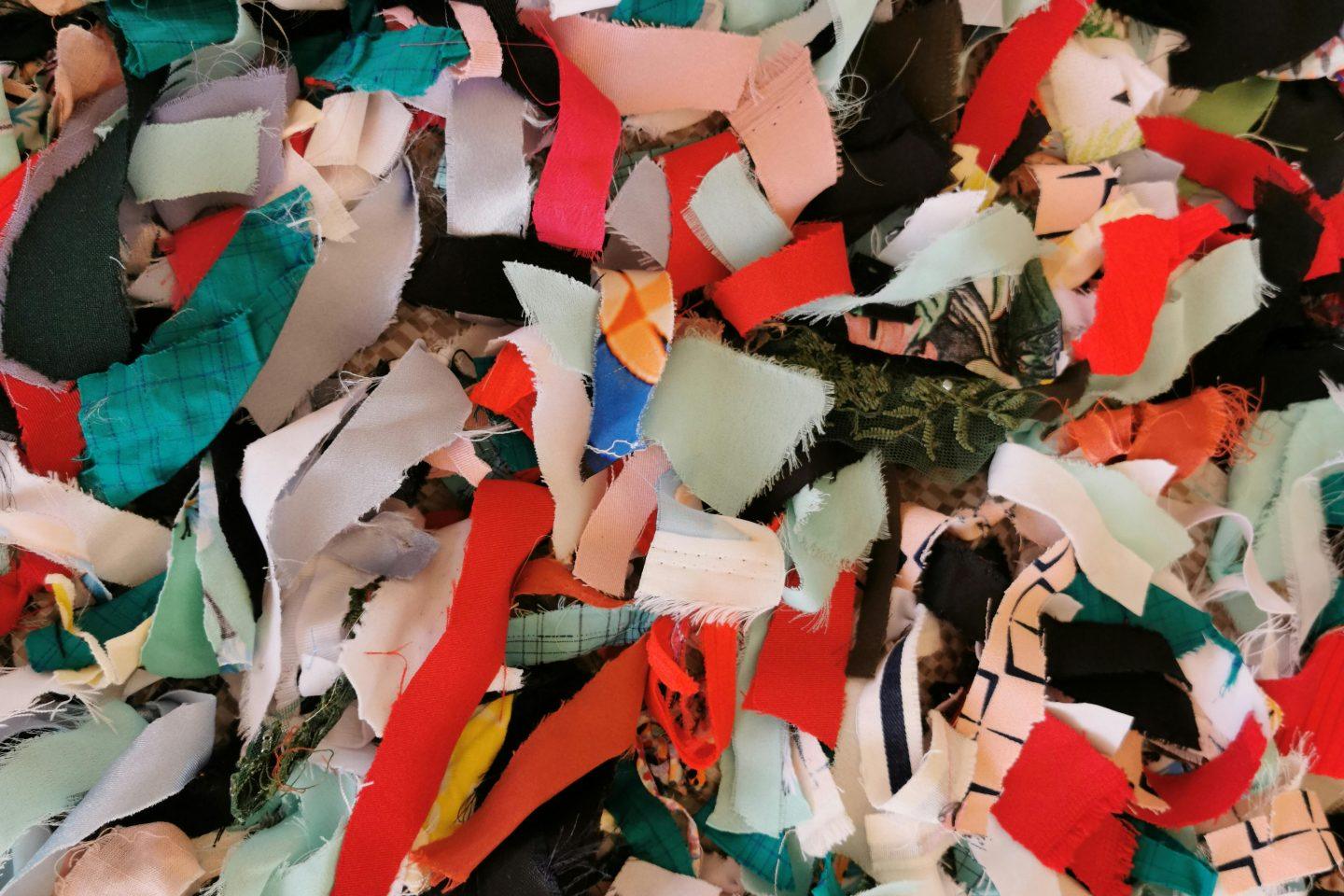ADVERTISING
What applies to the new separation collection and what remains as before?
Since the turn of the year, the obligation to separate textile waste . But the implementation raises questions in many places. The regional council (RP) Darmstadt now informs about the current regulations and clarifies misunderstandings.
Starkly dirty or tasted? Residual waste remains allowed
The following applies to citizens: Well -preserved clothing still belongs to the old dress collection , worn or heavily dirty textiles may - as before - disposed of via the residual waste bin , provided there is no separate collective device . Public law disposal carriers are not obliged to ensure a comprehensive separation collection for all types of textile, but can establish their own collection systems.
Users only in relation to the benefit
The new regulation is based on the circular economy law and the EU waste framework directive. It pursues the goal of promoting the recycling and recycling of textiles. the separation of separation is not absolutely , but only mandatory if it proportionate - that is, the effort is in a meaningful relationship to environmental benefits.
Recycling so far hardly possible
One reason for the limitation: currently sophisticated recycling processes , with which textile fibers can be recycled in large quantities . In addition, a large part of the clothing - especially due to the boom of the fast fashion - is of less quality and hardly recyclable. The demand for recycled fibers has so far been low. A comprehensive sorting would therefore be expensive and only of little ecological use.
Background: Large environmental pollution from textiles
According to the Federal Environment Agency, consumption of textiles is one of the largest burdens for water, land and climate. Every second in Europe, a truck load is deposited or burned . The new legal regulation is intended to help reverse this trend - in a realistic and implementable framework.
the RP Darmstadt accompanies the implementation in South Hesse and supports municipalities and disposal with advice and education.
Further information:
👉 FAQ for the separate collection of textile waste - BMUV












